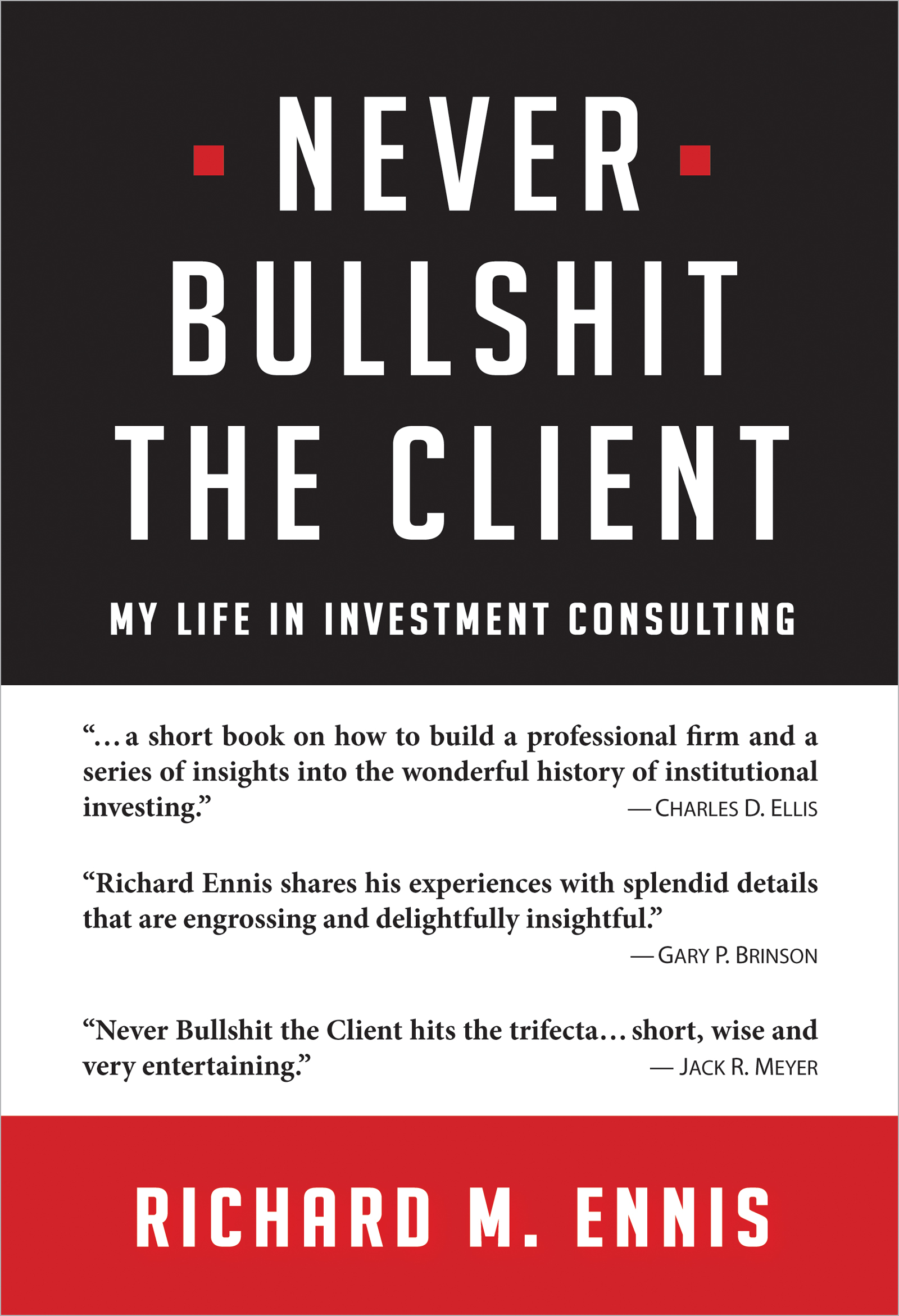Darwin and Investment Product Proliferation
The following is an adapted from the essay, “The Structure of the Investment Management Industry,” appearing in Financial Analysts Journal, July/August 1997, Vol. 53, No. 4:6-13
By any measure recent growth in the number of investment products has been astonishing. For example, Nelson Publications (Port Chester, New York), which reports on products for tax-exempt investors, identified approximately 9,000 products in 1996, up from 6,600 as recently as 1993. Hedge funds, which were relatively uncommon not long ago, now number approximately 4,700 (Van Hedge Fund Advisors, Nashville, Tennessee). The trend toward multi-product firms is discerned most readily in the mutual fund industry, for which data are available on the number of managers as well as products. Between 1985 and 1995, the number of mutual fund managers more than doubled (increasing from 252 to 558) and the number of funds increased from 1,528 to 5,761.1 Even allowing for the growth in the number of fund managers, the number of funds offered per manager increased from an average of 6 to 10.
What accounts for product proliferation in an industry that has struggled to deliver on the implied promise of its products? A parallel in the field of natural selection does, in fact, provide the key to understanding an industry transformation that has been underway for more than a decade.
Adaptation
Biologists distinguish between two adaptive strategies — r and K — that species use in reproduction. The r strategy is prevalent in a challenging environment in which resources are scarce and risks are great. The K strategy prevails when the environment favors a particular species and, in terms of gene transmission, parents’ life resources are more productively applied in protecting and nurturing offspring than in further reproduction. The pure r strategy involves bearing large numbers (even millions) of offspring with no parental investment. Offspring survive largely through chance. The pure K strategy involves bearing very few, high-quality offspring during a lifetime, with substantial parental investment. Most species combine the two strategies to some extent. Inasmuch as each organism has finite life resources to expend in reproduction, an optimal trade-off of r and K exists for each species in a given environment. Species often change strategies to adapt; unable to do so, some become extinct.
Evolution of Investment Management
These life-history adaptations, as they are known to biologists, have an analog in the evolution of investment management. In the investment-management industry, product development is analogous to procreation; investing in a product is analogous to nurturing offspring. Finite capital requires trading off product investment for product development within individual firms. To the extent that investment markets are efficient, the environment for active investment products is challenging. That is, owing to management and custody fees and trading costs, the expected value added by these products is collectively negative, which makes long-run client satisfaction problematic. The more efficient the market, the more challenging the environment—and the more product survival relies on chance.
During the past 25 years, a gradual shift has occurred in the allocation of resources in the investment-management industry. In days gone by, investment firms typically invested heavily in a single product, the investment often taking the form of a large securities analysis staff. With the passage of time, many management firms came to realize that consistently beating the market is hard to do—and risky in terms of longevity—with only one product to carry the firm. Also during this period, marketing and client-service executives were on the rise in the business, and many firms began to place greater emphasis on product development and marketing. The era and art of product development and marketing came into full flower 10–15 years ago, and product proliferation began in earnest. Fifteen years ago, for firms to have more than a few products was uncommon, and most had only one; now, having a half-dozen or more is not uncommon.
In effect, some one-product firms concluded that trying to beat the market was not a particularly good strategy; they discovered that there is too much randomness to make reliance on a single product pay off with a high degree of confidence. For these firms, product development and marketing became at least as important as beating the market. That realization, in my judgment, accounts for much of the product proliferation we observe today, which is the equivalent of an adaptive shift from K to r. In competitive markets, as in nature, survival is linked to adaptability.
Active product development is an appropriate adaptive response if managers perceive the markets in which they trade to be efficient.
Can you think of a manager that has not only survived but flourished over several decades managing a single portfolio? I can think of only one: Berkshire Hathaway.
______________
1. See Hurley, Mark P., Sharon I. Meers, Ben J. Bornstein, and Neil R. Strumingher. 1995. “The Coming Evolution of the Investment Management Industry: Opportunities and Strategies.” Investment Management Industry Group, Goldman Sachs (October).

